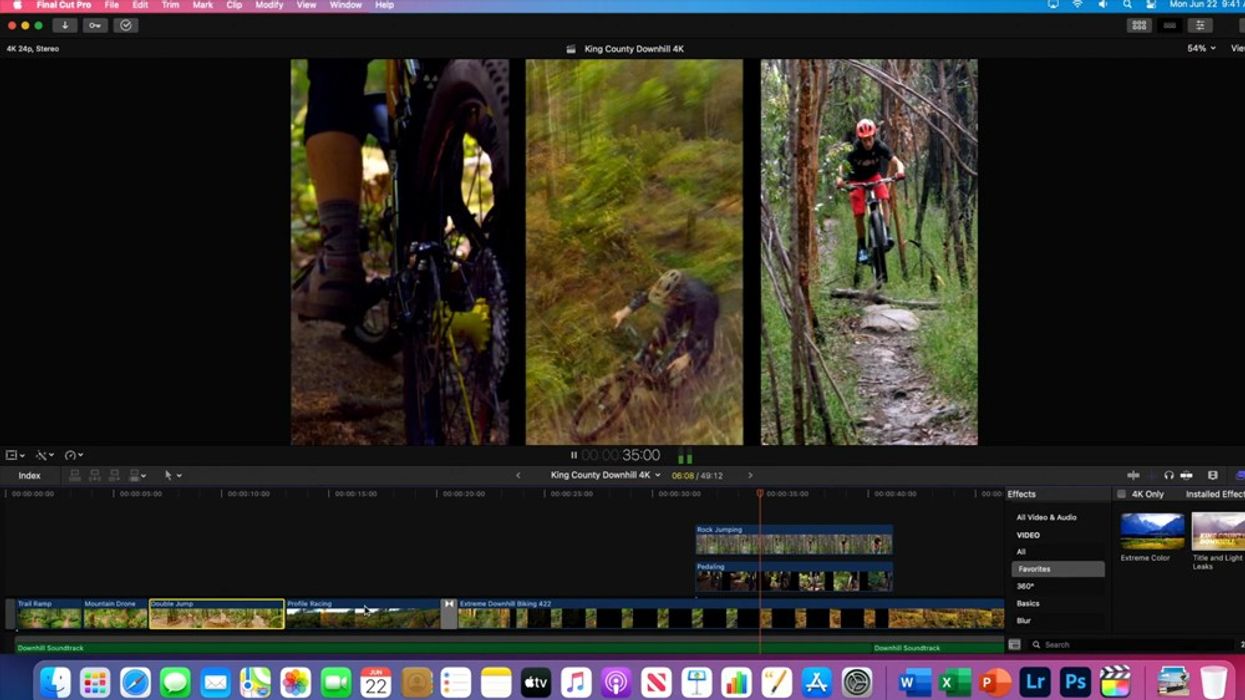Apple Will Ditch Intel Chips in Macs for Apple Silicon
Apple Silicon Chips Promise to Playback Three 4K Streams in Final Cut Pro

During Apple's WWDC 2020, Apple CEO Tim Cook said it was a "historic day for the Mac," and he was undoubtedly right as Apple announced plans to ditch Intel chips for Apple's own processors dubbed Apple Silicon in future Macs.
The move has been years in the making as Apple has developed its own chips for iPhone, iPad, and Watch. Apple Silicon is a natural transition as it will help the company to further integrate both hardware and software for an improved user experience.
Cook outlined three major moments in Mac's history including the shift to Power PC, macOS, and Intel. Apple Silicon is the next step in the Mac evolution. Apple's ability to develop hardware that plays well with software is one of strengths. With the move, the company will no longer have to wait for third-party chip manufacturers to develop what they deem necessary for their products.
With Apple Silicon, Final Cut Pro users will see an uptick in performance. How much compared to current models remains to be seen. However, Apple promises that three 4K video streams will be able to be seamlessly played back at full resolution. Color correction performance will also be improved with the new integration.
Apple says "most apps will just work,” while third-party programs like Adobe Creative Cloud, which includes Premiere Pro, Lighroom, and Photoshop, will run natively as well.
Apple is promising new levels of performance and far less power consumption with Apple Silicon. Apple also plans on developing its own range of SoC for Macs while making it easier for developers to write and optimize apps across every Apple device. Developers like Blackmagic Design should be able to easily integrate DaVinci Resolve for Apple's new processors saving valuable rendering time.
Another key feature with Big Sur, Apple latest macOS version, is that iPhone and iPad apps will be able to run natively on Macs. This will allow you to open your favorite filmmaking apps directly on a Mac. It's a feature that should not go unnoticed. Think about it. Instead of running lighting control apps or other filmmaker tools on a iPhone, you can run them on the larger screen of a MacBook Pro or Mac tower. It will even be interesting to see if apps like FilmicPro can be used on a Mac for an additional camera.
Apple Silicon is slated for new machines later this year, and a complete transition will take place over the next two years. Apple also says it will still continue to develop and support Intel-based machines in the future.

 'The Amazing Spider-Man' (2012)
'The Amazing Spider-Man' (2012) 'Jaws' (1975)
'Jaws' (1975)









